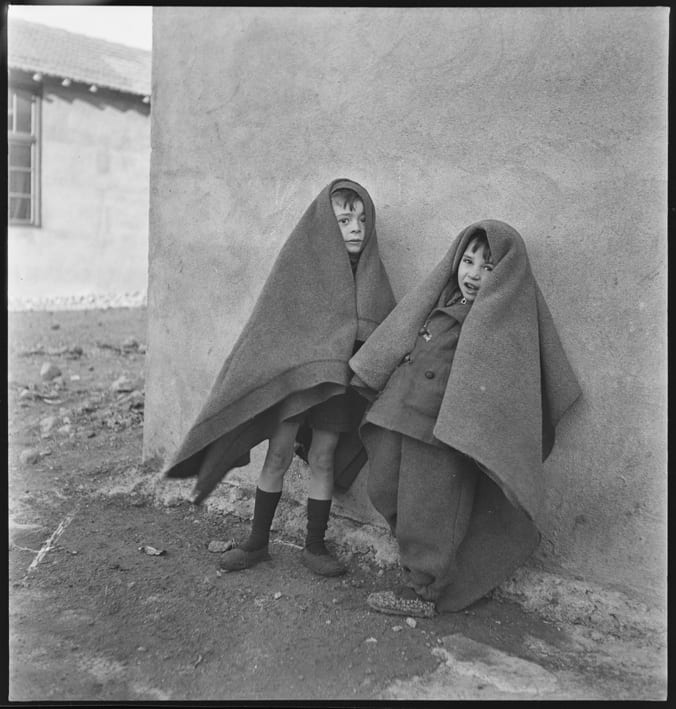From the battlefields of Europe to the rooftops of Manhattan, the late photographer’s career is explored anew to mark his centenary


From the battlefields of Europe to the rooftops of Manhattan, the late photographer’s career is explored anew to mark his centenary

In 1939, Spanish refugees started to flee the country’s bitter civil war, in a movement that’s become known as the Retirada [the ‘withdrawal’]. More than 450,000 men, women, and children crossed the border into France in February 1939 alone, following the fall of the Second Spanish Republic and the victory of General Franco. France, anticipating the mass migration, had started to make provisions for the refugees, but underestimated the sheer numbers. Many ended up on the beaches in makeshift accommodation, and by 1940, some 50,000 had ended up in a series of camps. Diseases such as dysentery were rife, and the mortality rate high.
One of the camps was Camp de Rivesaltes, also known as Camp Maréchal Joffre. Built in 1938, near Perpignan and just 40km from the Spanish border, it had originally been intended as a military base but, following the Retirada, the French government decided to use it as an internment camp. By January 1941 was housing more than 6500 refugees though, as by then World War Two had broken out, half the camp was Spanish – the other half Jews who had fled various counties and French gypsies. In just under two years, the camp housed some 17,500 people, just over half from Spain, 40% Jewish, and 7% French gypsies.

After losing both grandparents in the space of a year, Nina Röder and her family were faced with the challenging task of sorting out and selling their house – and with it, the inescapable matter of letting go. Röder’s project, Wenn du gehen musst willst du doch auch bleiben, takes its name from a sage observation made by her nine-year-old nephew, Luis, while they were packing up the belongings. Roughly translated, it means: ‘When you have to leave but you still want to stay’.
The unresolvable question of how to grieve is one that follows every death. For many, the photographic act can be a way of thinking through and processing difficult times. During the two-week period before her grandparents’ house was sold, Röder photographed her family in it – sometimes posing in their clothes and with their belongings – archiving its distinct aesthetic before it disappeared forever. “I wanted to show a different way of dealing with grief and loss,” she explains. “By staging absurd scenes with my mum, cousin and brother, we found a strategy of how to say goodbye.”